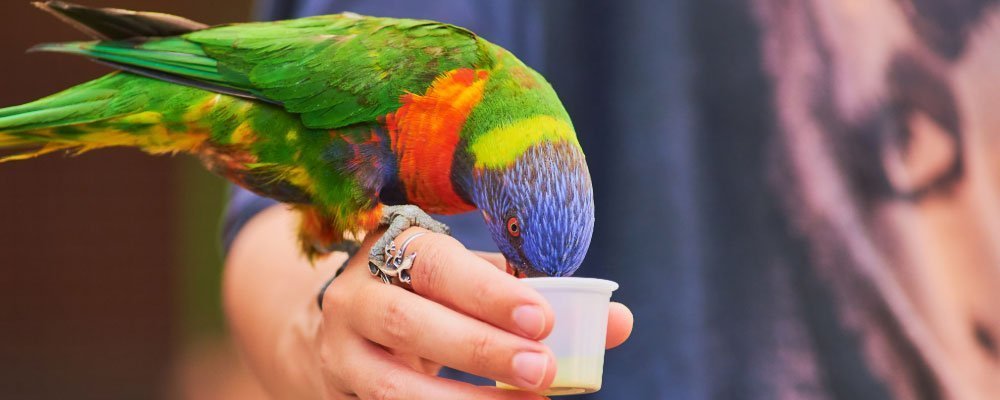
Parakeet Food - A Guide To Feeding Parakeets
How do parakeets feed in the wild?
Research has shown that parakeets feed, in the wild, mainly on seeds and fruits. Some species, for examples lories and lorikeets, or the Kea of New Zealand, are special exceptions.
The Kea, for example, uses its "pick-axe" beak to dig up roots, bulbs, and burrowing insects. Many large cockatoos eat many insects, water snails, and worms in their native Australia and in captivity usually will eagerly accept small pieces of red meat.
Psittacines have a characteristic method of feeding. Seeds are dehusked and the husk discarded, and fruits are peeled or skinned. Thus, the digestive system is not troubled with large amounts of indigestible fiber.
Since parakeets dehusk their seeds, it is best not to use automatic feeding hoppers as the fresh seed will become covered with husks and the birds may have difficulty in finding their food.
Another well-known feeding habit of many parakeets is the holding of larger food items in one of the feet and manipulating it as though "feeding from the hand."
What foods do parakeets eat?
The majority of parrots are natural seedeaters. Captive psittacines often have to make do with the several kinds of commercially available, dried, packaged seeds.
This is, naturally, far from optimal feeding; in the wild the birds have the opportunity to seek out all kinds of fruits, leaves, buds, flowers, seeds, grasses, roots, bulbs, bark, and insects. Thus captive birds cannot live from seeds alone; they require a lot more!
Smaller parakeets feed mainly on grass seeds (oats, millets, wheat, canary grass seed, and so on); larger species also take bigger, oily seeds (sunflower seeds, safflower seeds, and so on).
These oily seeds are very "fattening" and deficient in various vitamins, especially vitamin A. Unfortunately, birds also soon can become addicted to these seeds (especially sunflower) and, all too frequently, a birds may make one of them its staple diet, refusing all other food.
To make further variety in feeding, give your birds unripe seed, preferably still in the ear (ears of wheat, millet sprays, and so on) as they would find it in the wild. This is not always available, so another possibility is germinated seed.
Most parrots are partial to green food and fruit, but especially the Neotropical species, like the Amazons, that will gnaw greedily on fresh branches of willow, fruit trees, and so on. Many species will devour the buds, fresh twigs, and flowers of trees and plants.
Many aviculturists give their birds the seeds of leguminous plants (peas, beans, and so on), either fresh, cooked, thawed, or canned. All psittacine require extra protein-containing foods during the breeding season.
Excellent sources include meat (lean red meat, cooked poultry, pieces of fish without bone), cooked egg (yolk and white chopped in tiny pieces), small pieces of not too fatty cheese, cottage cheese, and yogurt.
Raw or pasteurized milk is not recommended; although many birds will take it eagerly - for example stale bread soaked in boiled and cooled milk -some cannot stomach it too well and others may be sensitive to the milk's sugar content (lactose).
Unfortunately, birds newly out of quarantine frequently have been kept on a monotonous diet. It is the task of the new owner to introduce these birds to a more varied diet; in fact the more varied the better!
These birds are often deficient in vitamin A. This vitamin is fundamental to the correct function of body cell metabolism, the maintenance of skin and mucous membranes, and the enhancement of sight.
It also has an influence on the respiratory system, and plays a part in the pigmentation of the retina, thus allowing the eye to function well in poor light. Vitamin A is not only called the anti-infection or growth vitamin, it is also called the anti-sterility or fertility vitamin.
All animals, including Australian parakeets, require a balanced diet containing the constituent proteins, carbohydrates, fats, vitamins, minerals, and water.
Protein foods for parakeets
Protein forms 50 percent of the dry weight of the body of any animal; in plants this usually is much less. Proteins are involved in all animal activity. In our birds they are important in growth, repair, and maintenance of all tissues including the feathers.
In the breeding season, as the young parakeets grow, protein is of greater importance than in the winter, which is a rest period. Before they take on their new plumage for the winter after the molt, extra protein is essential, as protein is the basis of feathers.
Proteins are built up from a great number of little building blocks, the so-named amino acids. Some of these can be made by the bird itself, others must be present in the food. The food value of proteins is related directly to the essential amino acid content; that is, those that the bird cannot make itself. Most plant foods are poor in proteins, so the necessary animal proteins also must be made available.
Carbohydrate foods for parakeets
Carbohydrates are necessary for producing energy and are an important part of the diet. In general, they originate in plants. They have no function with regard to growth or repair of cells, but are important for movement and maintaining body temperature. Grains and seeds contain a lot of carbohydrate, usually in the form of starch; sugars are also carbohydrates.
Fats and oil for parakeets
Fats and oils also provide energy and protection, and can be stored as a reserve of food. In the winter, a layer of fat is good for our birds. It will help keep them warm and can be used as food in an emergency.
Vitamins and minerals for parakeets
Vitamins in small amounts are important for the maintenance and normal functioning of the body and its organs. They give no energy but are essential to life itself.
Parakeets require various vitamins to enable them to reproduce and grow and to stay healthy. Vitamins are taken as part of the diet and are used in the breakdown and manufacture of proteins. In nature, vitamins occur in various forms; today they also are manufactured artificially.
Minerals are inorganic or non living materials that the bird needs for growth and maintenance of the body.
The most important minerals are salts containing calcium, phosphorus, sodium, manganese, copper, potassium, iron, and iodine. Each of these has its own function. The term trace elements often is used to describe those minerals that the birds need less of.
Water for parakeets
Water is, of course, crucial. The bird's body consists of more than one half water. Not all parakeets drink a lot of water. Birds from drier environments can go longer without water as they get their moisture requirements from the food they eat.
Grit for parakeets
Grit and gravel are also important. Grit and cuttlefish bone can help supply the bird's calcium requirements to build bone, eggshells, and so on. This is then very important in the breeding season.
Small grade gravel has the function of grinding up the food in the stomach, making it easier to digest. The gravel is not digested, but it passes through the body once it has worn too smooth to continue its job.
What fruit can you feed parakeets?
Ensure that your birds always have a supply of fruit of one sort or another. Banana or orange is the favourite, but you also can try:
Raisins, apples, pears, currants, strawberries, apricots, fresh pineapples, blackberries, mulberries, loganberries, lemons, dates, raspberries, grapefruits, juniper berries, cranberries, cherries, blueberries, kiwi fruit, gooseberries, rowan berries, mandarins, melons, peaches, plums, rose hips, hawthorn berries, wild elderberries and figs.
Remember the juice of some of these could stain the birds plumage if given in too great quantities. Too much also can cause loose droppings, So although you may give a variety of fruits, keep the daily quantities fairly low.
What fruits should not be fed to parakeets?
Beware of some fruits, such as the berries of the dwarf elder (Sambucus ebulus), that are poisonous.
Other poisonous plants include laburnum (especially the seeds), yew, the bark of silver birch (Betula pendula), ivy, and black and fly honeysuckle (Lonicera nigra and L. xylosteum) which never should be offered to your birds.
What insects can I feed parakeets?
Australian parakeets will use insects to gain animal protein in the diet especially when young are being reared.
Many adult parakeets also are partial to any fly, spider. caterpillar, or such that they can overpower.
Suitable insects (and other invertebrate) foods include ants' "eggs" (really pupae), spiders, flies, crickets, grasshoppers, beetles and wax moths.
Can I feed table scraps or sweets or snacks to parakeets?
Although it is important that your birds get a varied and balanced diet, in most cases this should not include scraps from the table.
Starches and fats contained in some foods, such as potatoes ands butter, are not suitable foods.
Sweets, biscuits, and cakes - these should not be fed to parakeets and kept out of reach and the habit of allowing your tame parakeet to "eat at the table" should be discouraged.
What are bird pellets for parakeets?
It is impossible to give your captive birds the type and the variety of food they would find in their native habitats. The menu of aviary birds therefore must be as high as possible in variety and quality.
Bird pellets are easy-to-feed diets are given in containers as one would give seed. They contain all of the dietary constituents in correct quantities and, in theory, other than water, all a bird requires to keep it in the best of health.
However, it will be difficult to convert a bird that has been eating seed all of its life to take these diets!
The best way to do it would be to give a mixture of seed and pellets or an extruded diet, gradually increasing the latter and decreasing the seed over a couple of weeks.
However, pelleted and extruded diets can be monotonous for captive birds and its better to still give seeds, fruit and green food as well.
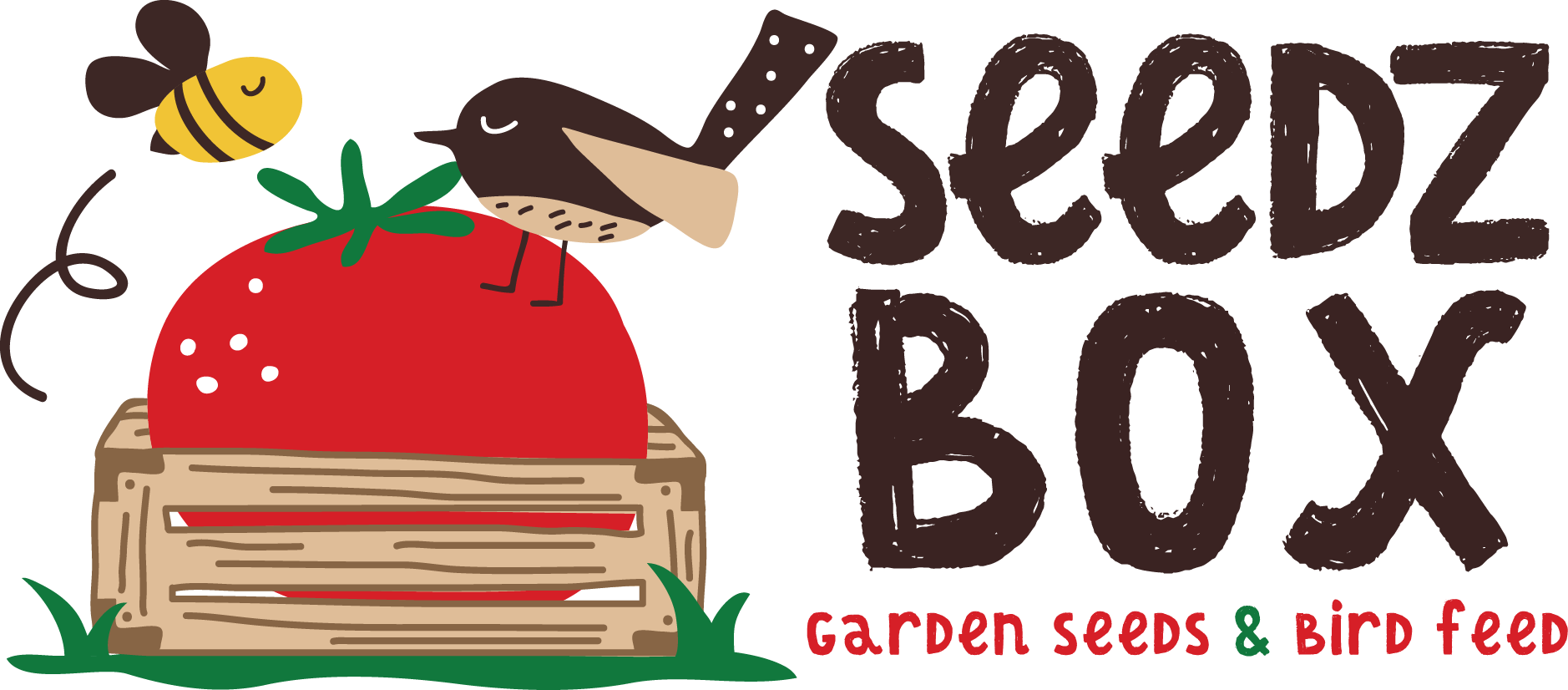
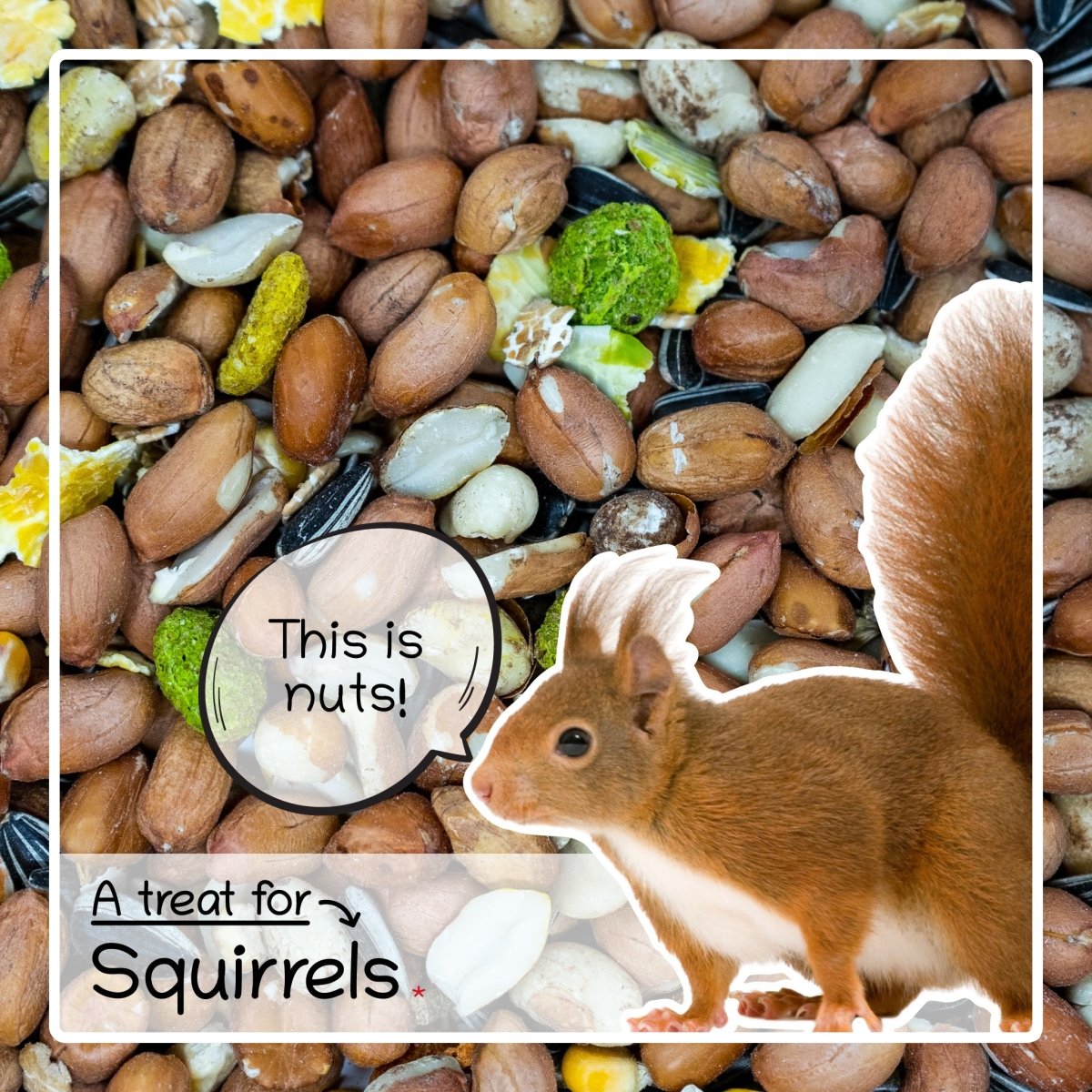
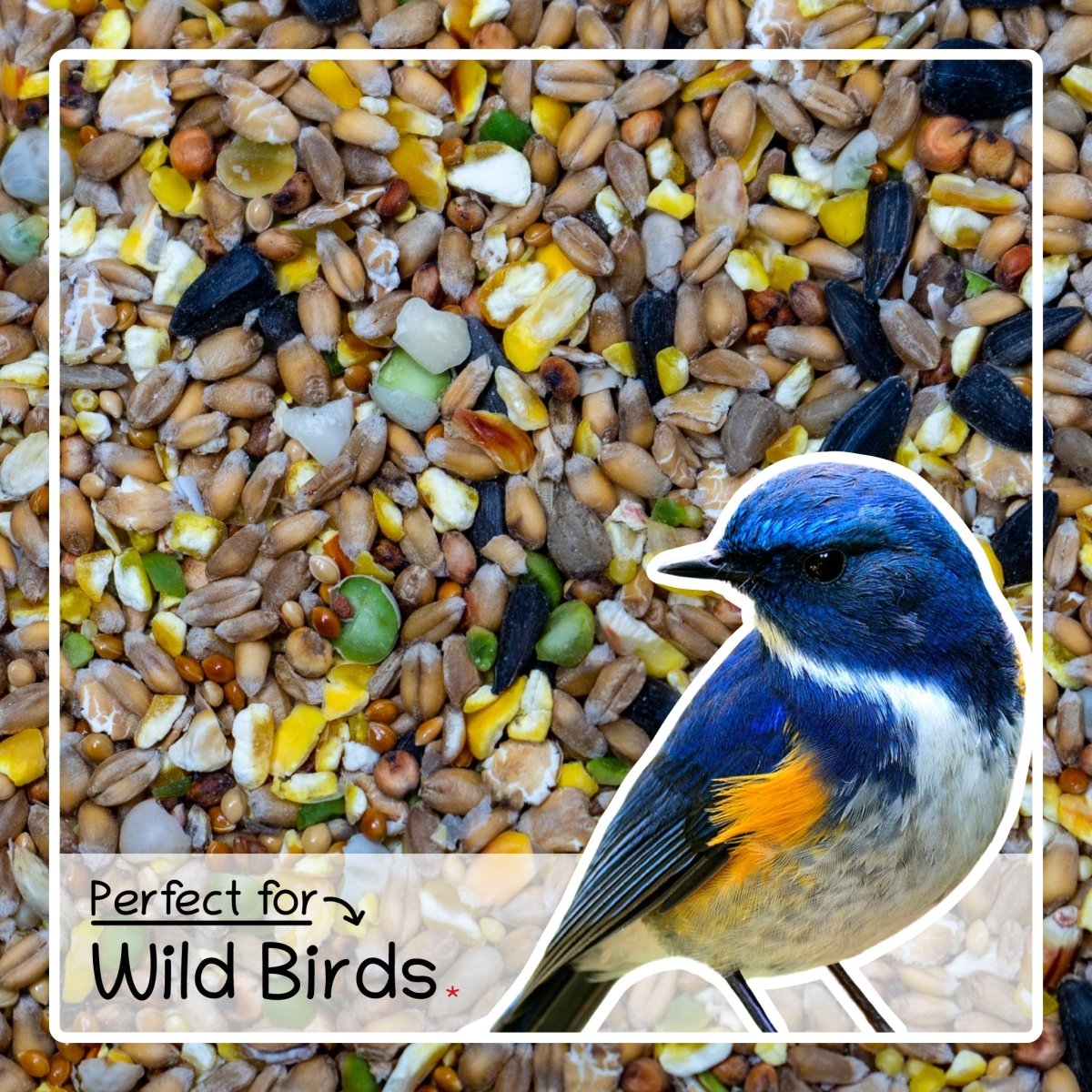
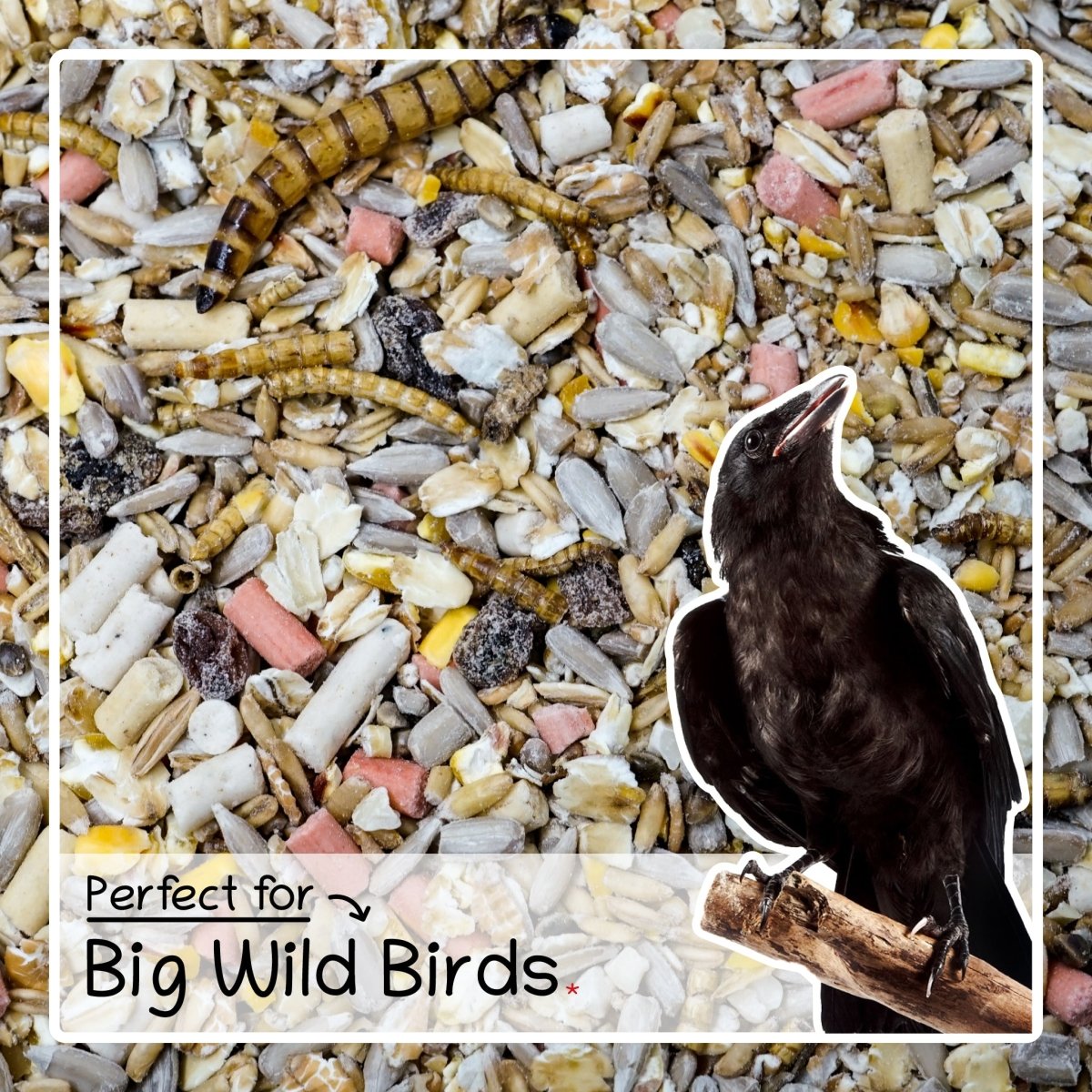
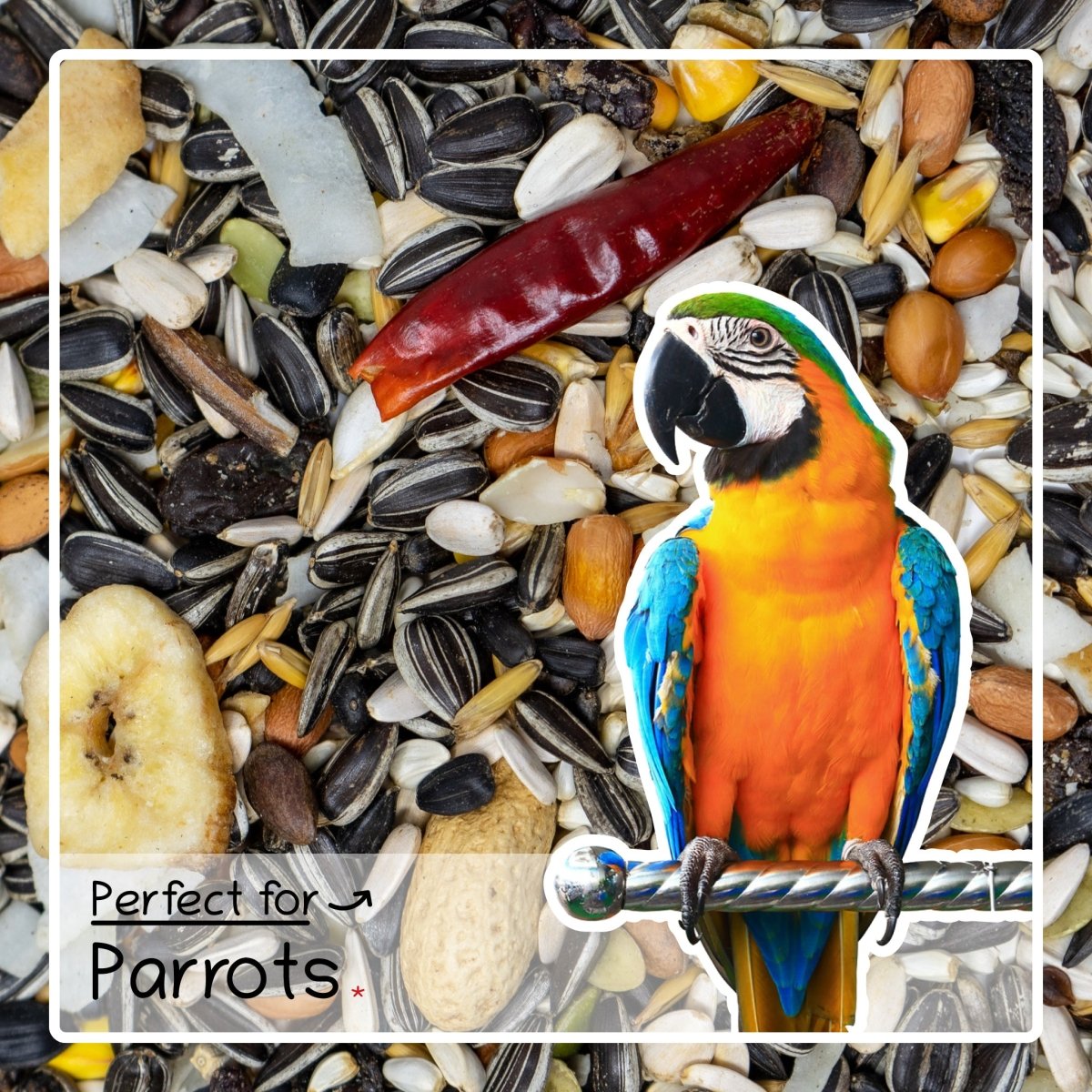
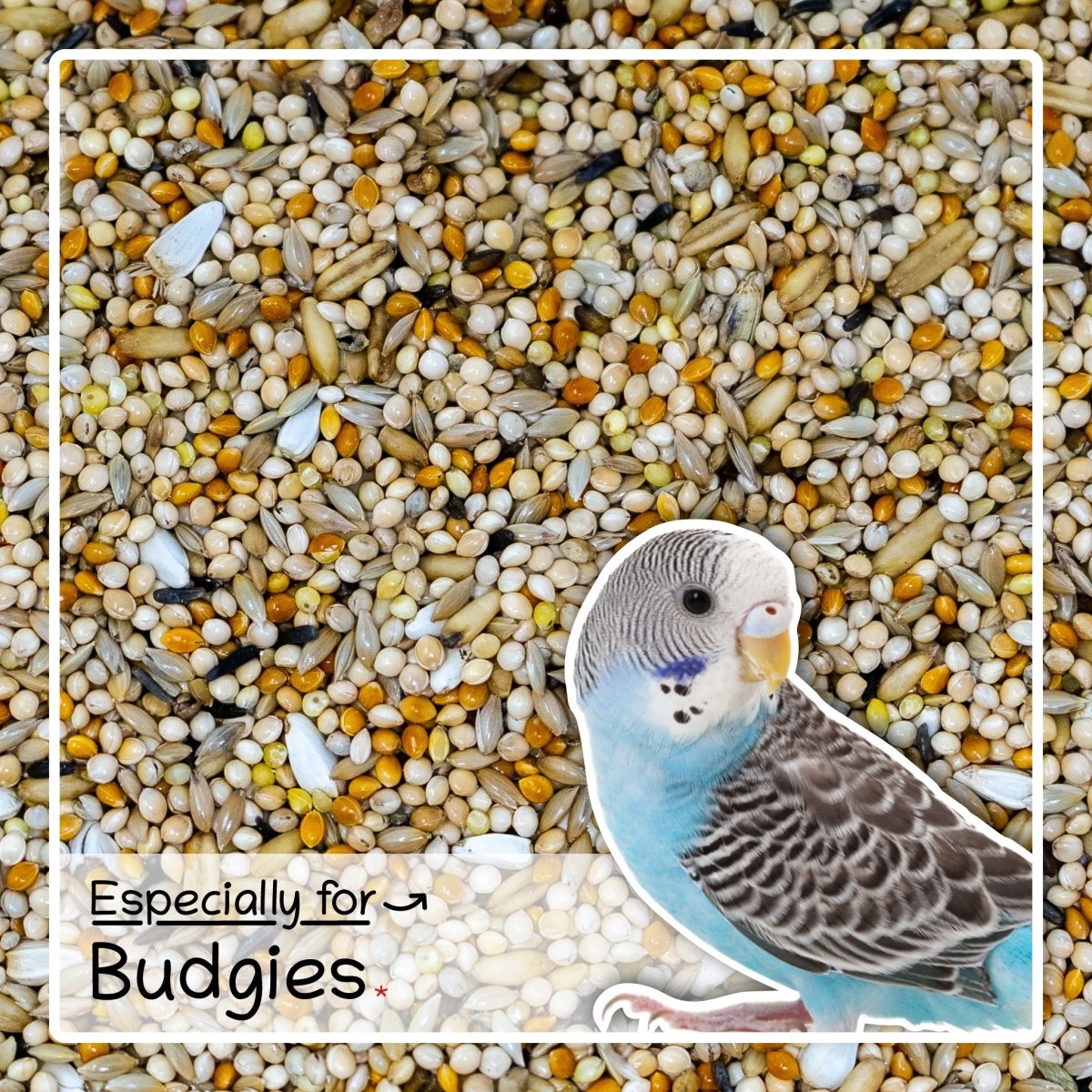
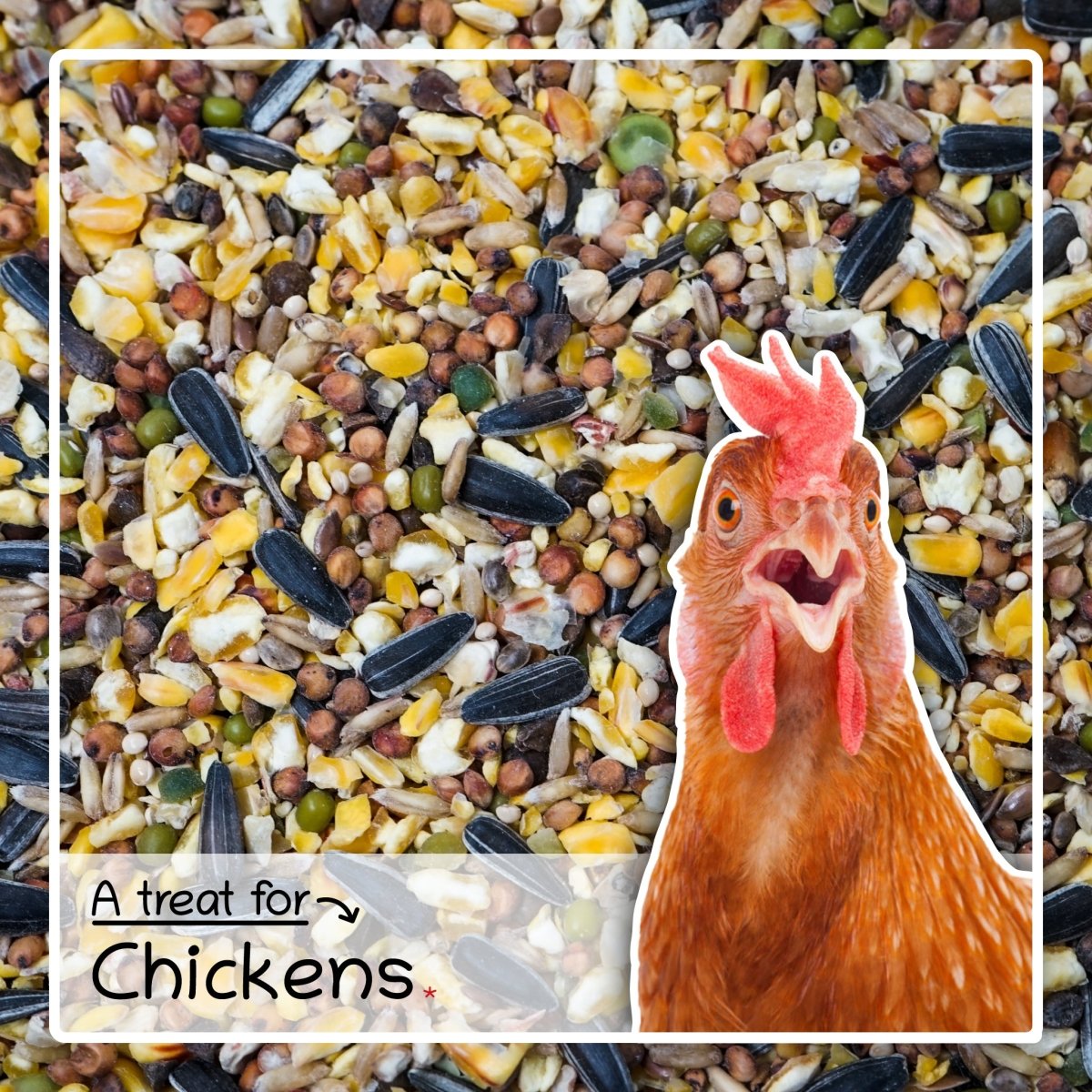
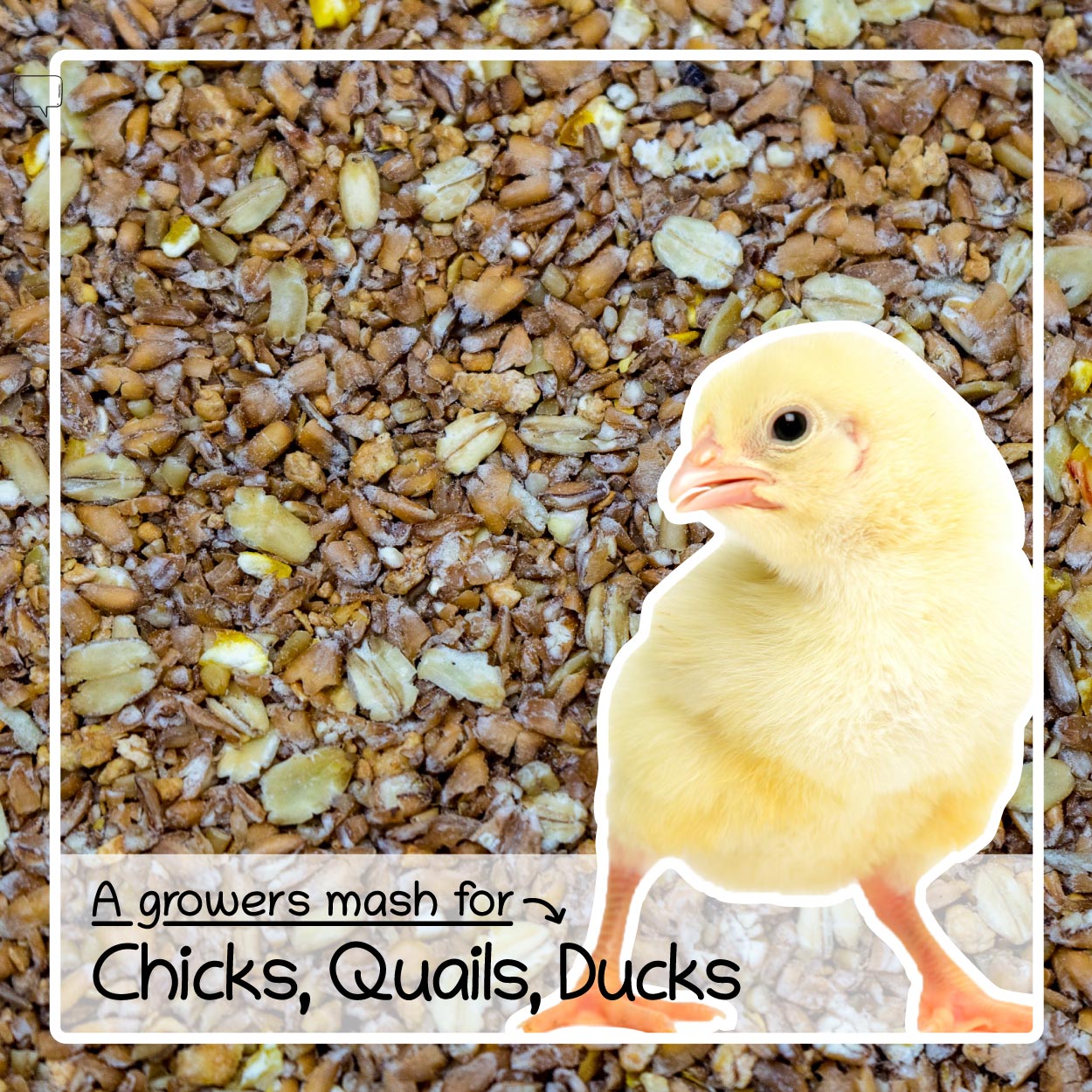
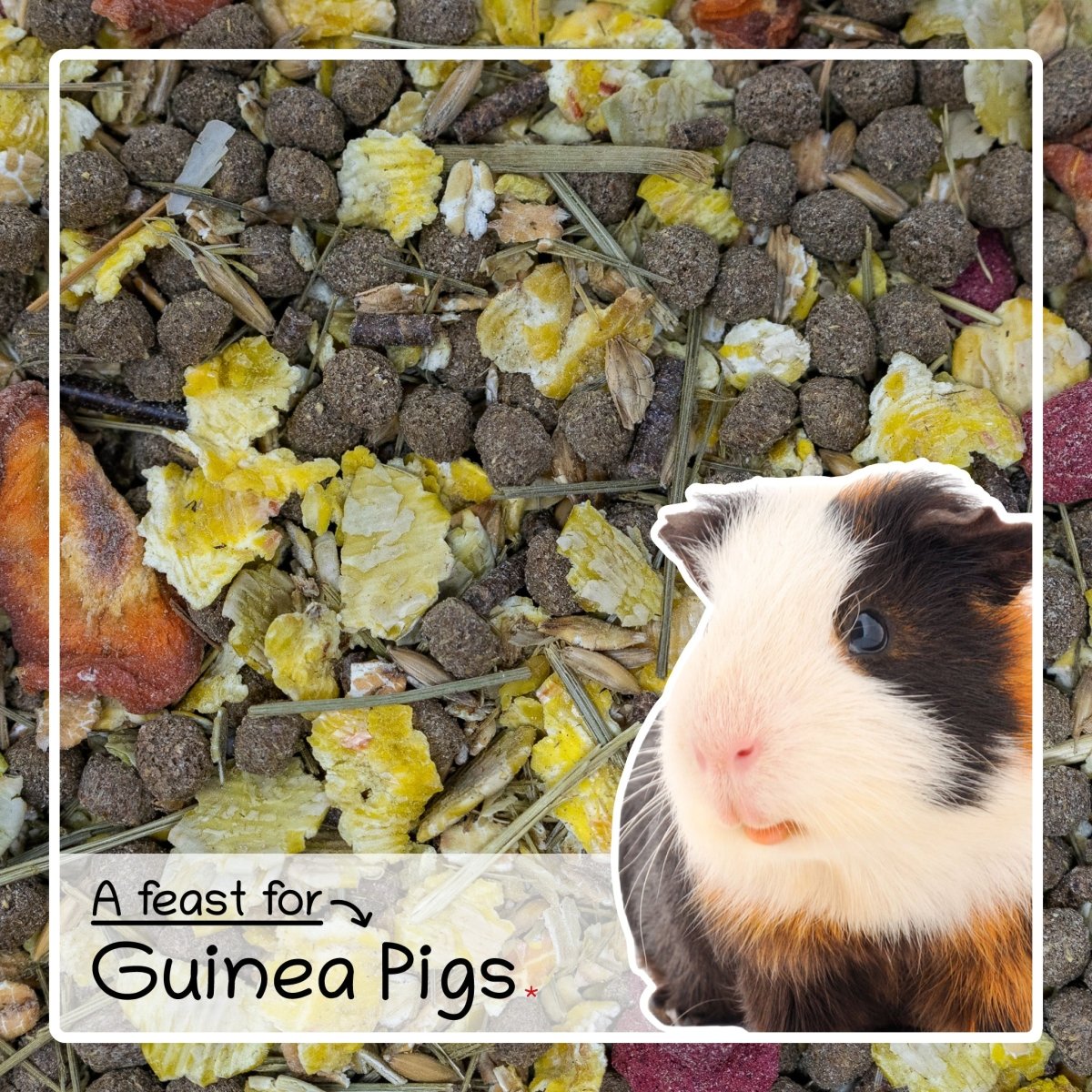
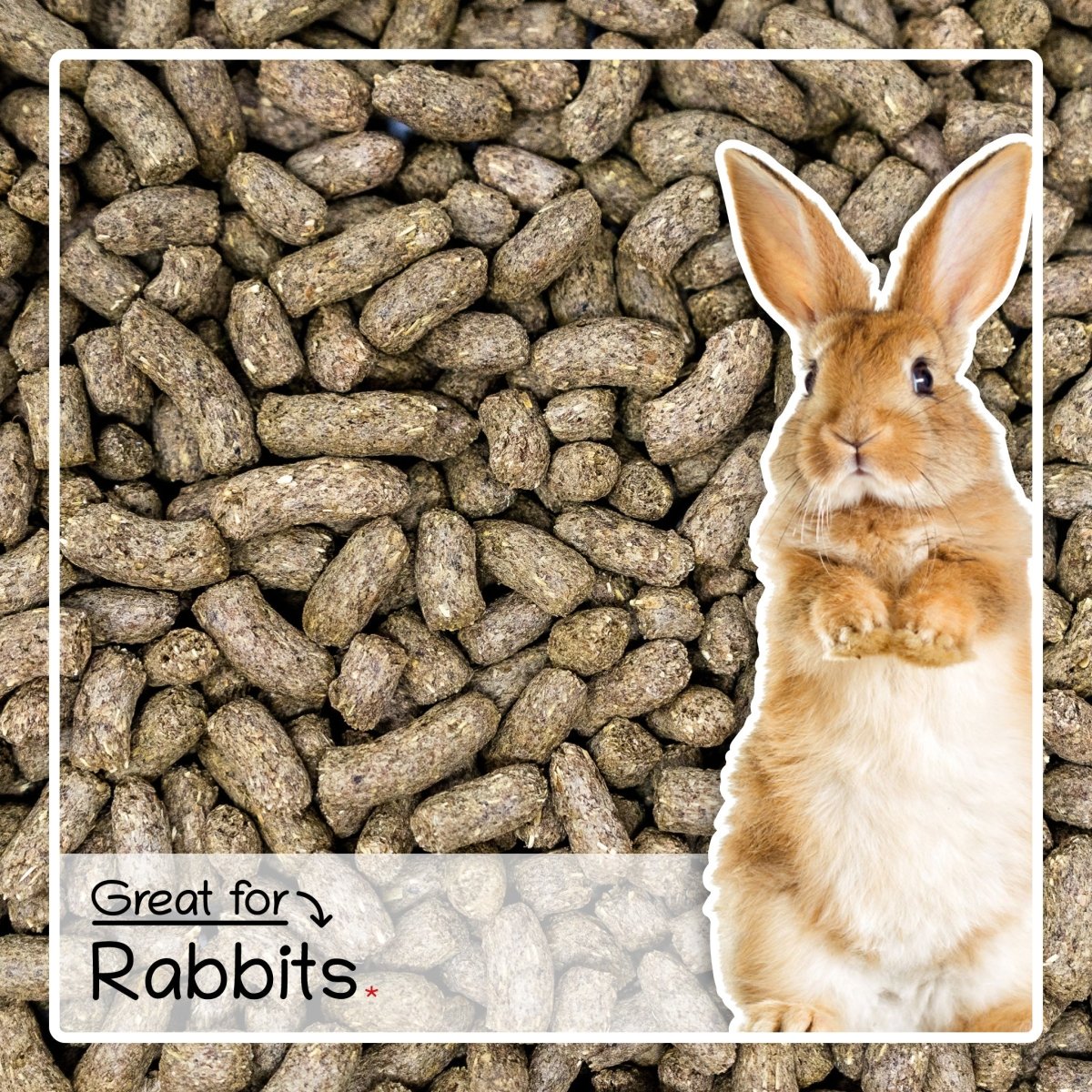
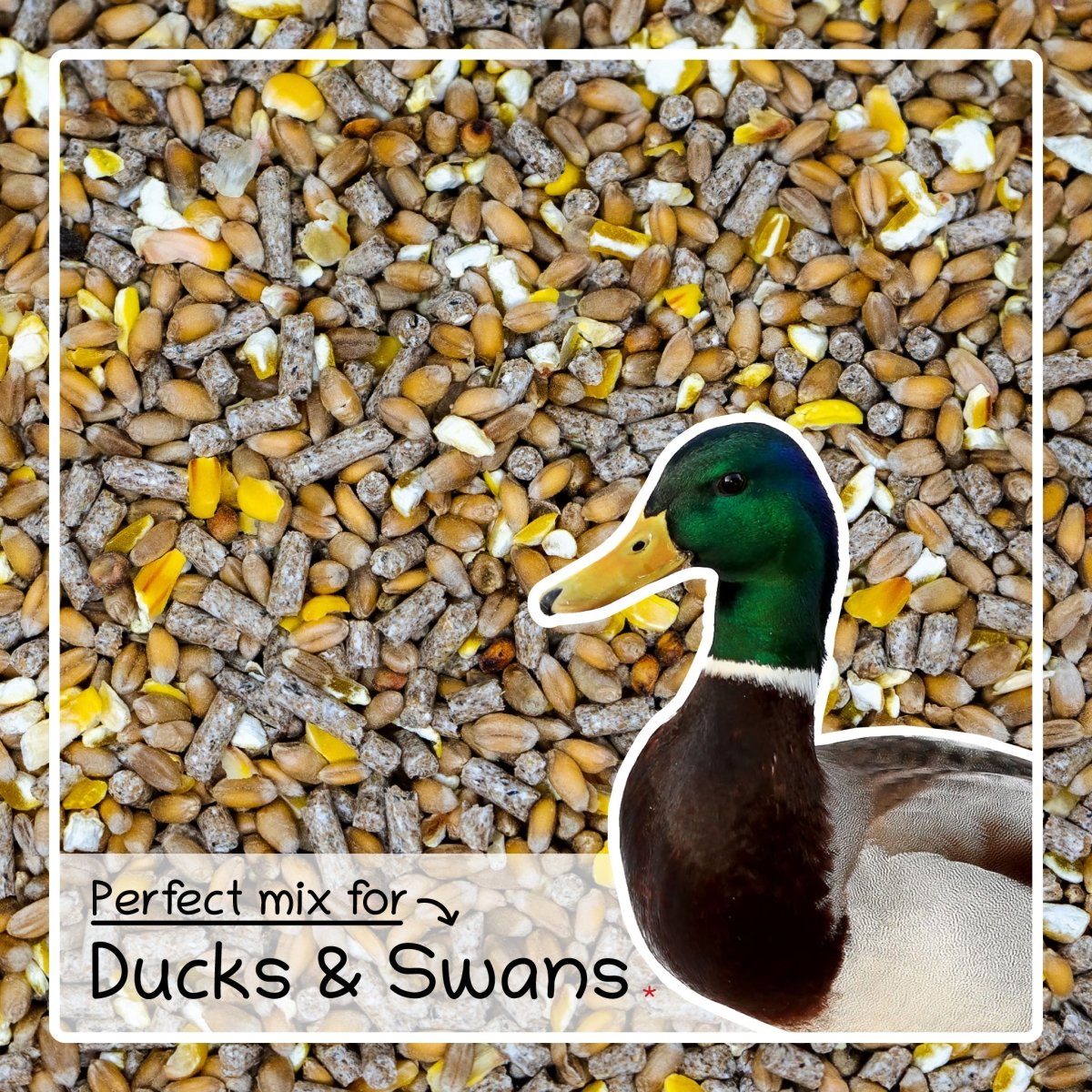
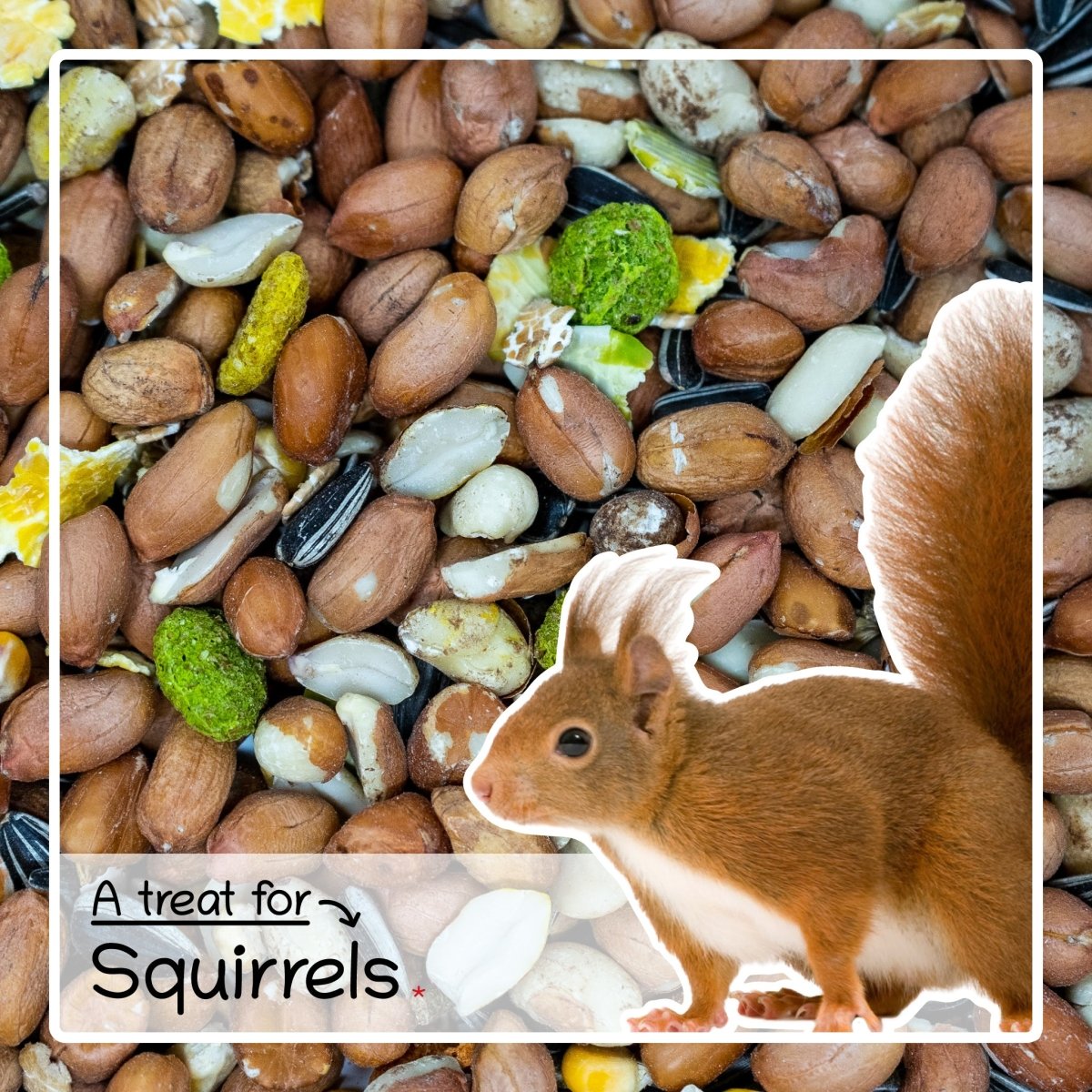
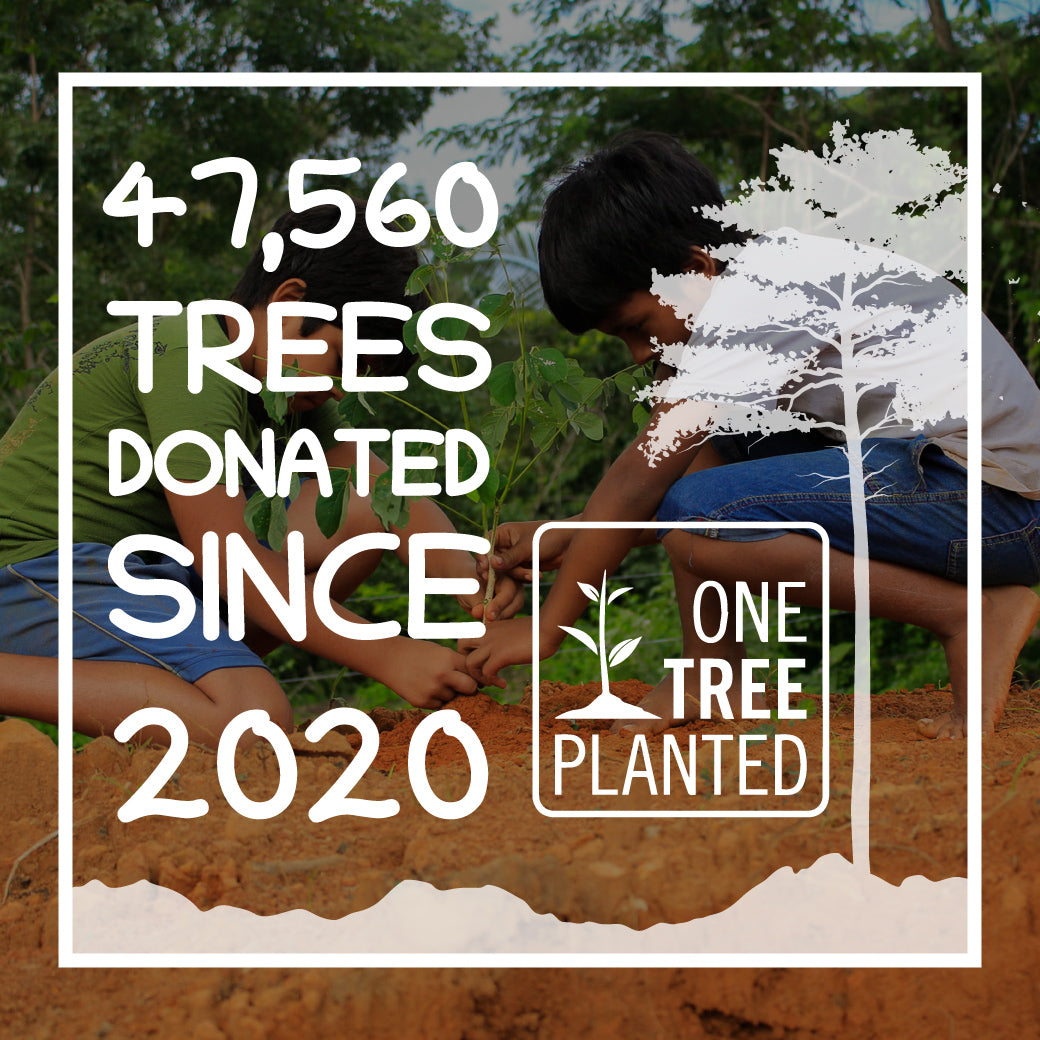

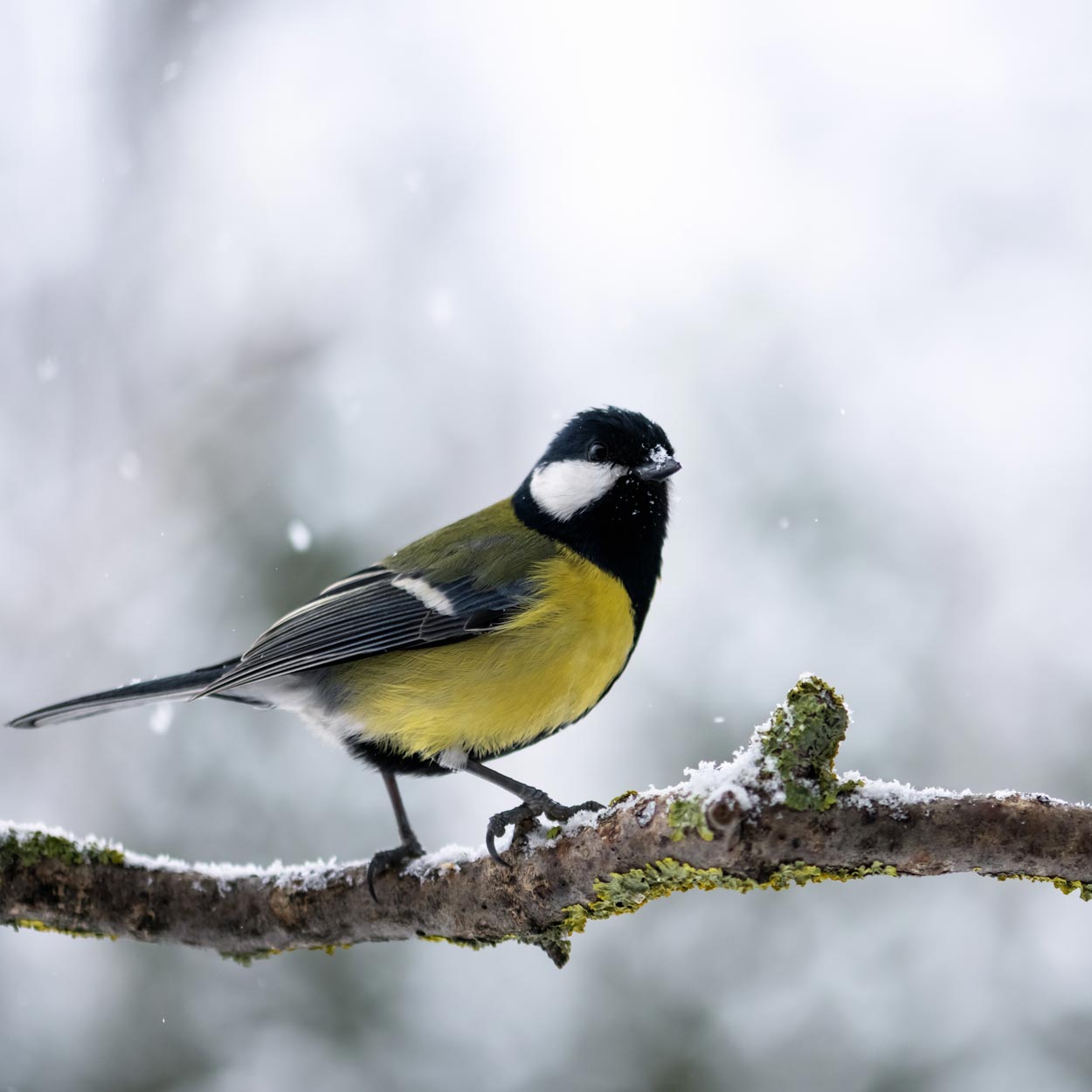
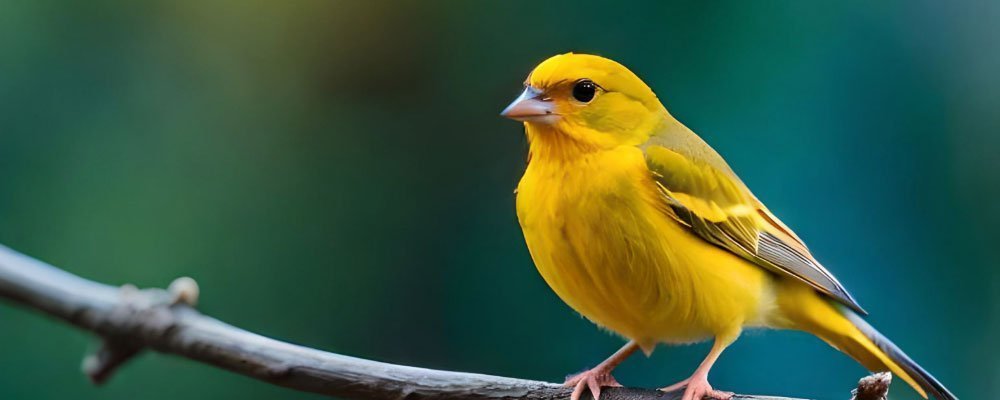
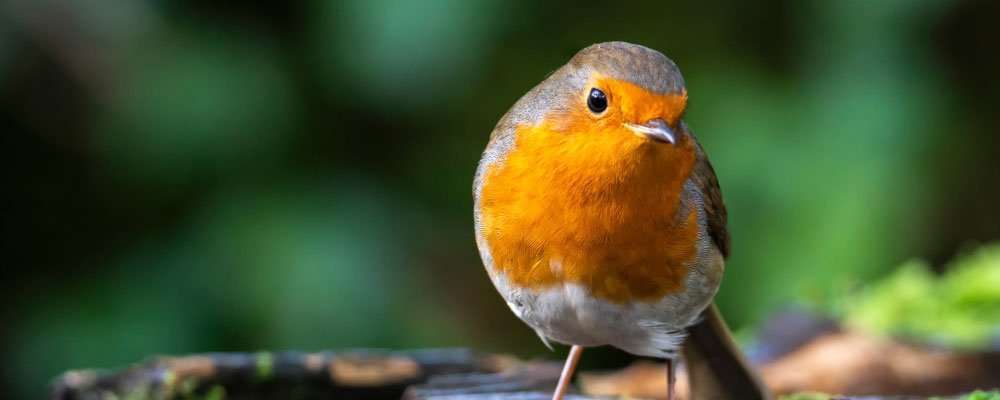
Leave a comment
This site is protected by hCaptcha and the hCaptcha Privacy Policy and Terms of Service apply.